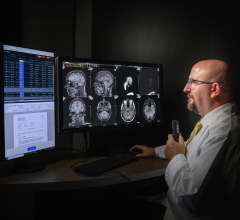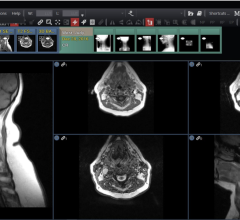October 7, 2008 - Researchers at The Single Cell Proteomics group at Imperial College London say they have used an imaging technology known as coherent two-dimensional infrared spectroscopy, 2DIR, to identify proteins in laboratory tests.
The technique enables scientists to identify proteins by making a map of the energy flow inside them. The scientists hope to develop a tool that can analyze individual human cells to determine which proteins are present and in what quantities. Being able to sensitively analyze the protein make-up of cells is important because proteins are involved in every process in human cells, including the development of cancer.
The 2DIR technique uses an ultra short pulse of infrared laser light to cause a vibration in one part of the protein molecule. The researchers then track the movement of energy from this vibration as it moves through the protein, building up an energy flow map of the protein, which enables them to identify what kind of protein it is.
The technologies under development in the Single Cell Proteomics Project are focused on improving the sensitivities of proteomic tools to allow single cells to be analyzed. Currently, scientists identify and count proteins either by using antibodies or mass spectrometry. The new third potential method, 2DIR, has advantages over the existing methods because it could be more sensitive and provide additional information on how protein activity and function is modulated within cells. "Counting the number of proteins is important, but not enough to understand the biology at work," said Professor Klug.
Potential applications of these methods include the possibility to analyze single cancer cells found circulating in the bloodstream of patients and in the discovery of new biomarkers that might ultimately be used in screening and diagnosis.
The paper is published in the Proceedings of the National Academy of Sciences (PNAS) journal.
For more information: www.pnas.org


 July 25, 2024
July 25, 2024 








